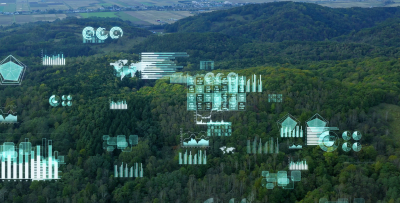- Publication date

Advancements in technology have accelerated the use of unmanned aircraft systems (UASs)/ drones, for research and operations during wildland fires. Drones offer various benefits, such as spotting potential flare-ups, maintaining crew member awareness, supporting firefighting efforts, collecting meteorological data for plume dispersion calculations, assessing vegetation before and after burns, studying fire dynamics, conducting spot ignitions, and sampling emissions to assess smoke hazards.
Drones’ flexibility, portability, night-time capability, and real-time telemetry provide valuable information to incident responders, aiding decision-making. The emergence of edge computation and 5G/6G networks enables instant in-flight analyses, crucial for generating products that support fire management decisions during the response stage.
This Special Issue will welcome manuscripts that link the use of UAS to the following wildland fire themes:
- Firefighter safety, management and control; Characterization of fire dynamics;
- Plume dispersion; Detailed forest mapping; Characterization of fire emissions;
- Meteorological measurements;
- Detection and tracking of elements (e.g., people, animals, vehicles, etc.).
Submitted articles and review papers should focus on unmanned platforms, specifically UASs, along with related technologies and applications in wildland fire management. These submissions should cover topics related to the main steps in wildfires: prevention, response, and restoration. The primary requirement is that the papers contribute new and innovative insights, methods, or technologies to the field of UAS in wildland fire management.
Learn more about the submission here.
Original article found here on Treeads website
